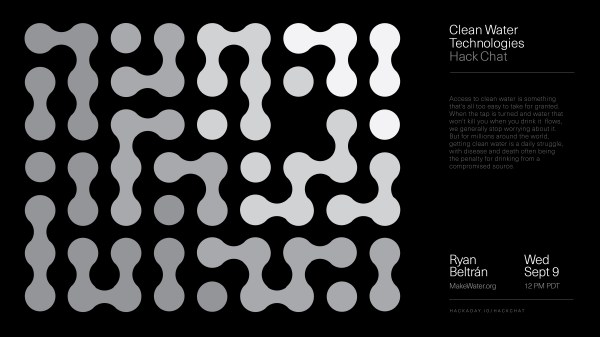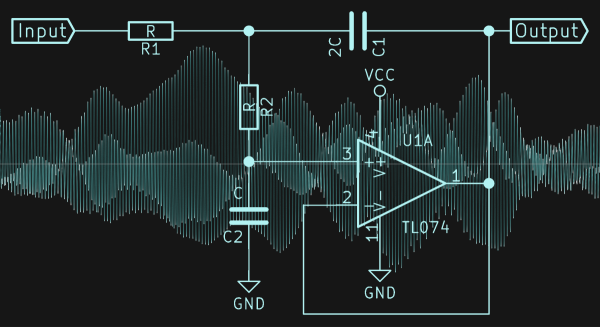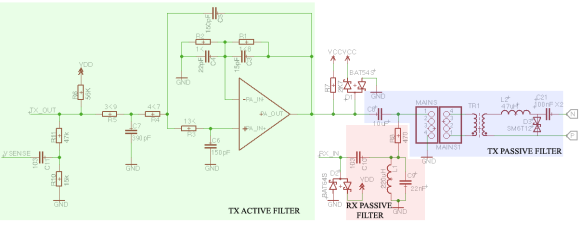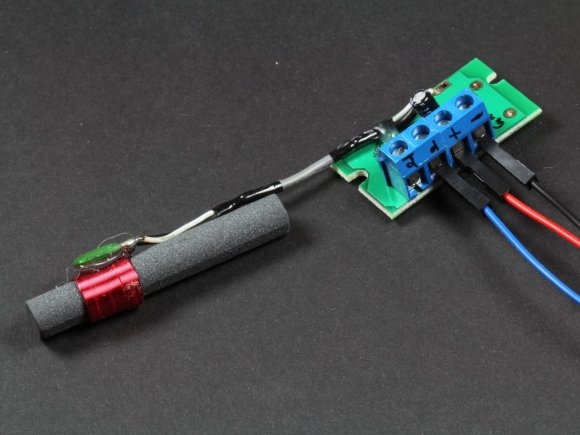Join us on Wednesday, September 4th at noon Pacific for the Clean Water Technologies Hack Chat with Ryan Beltrán!
Access to clean water is something that’s all too easy to take for granted. When the tap is turned, delivering water that won’t sicken or kill you when you drink it, we generally stop worrying. But for millions around the world, getting clean water is a daily struggle, with disease and death often being the penalty for drinking from a compromised source. Thankfully, a wide range of water technologies is available to help secure access to clean water. Most are expensive, though, especially at the scale needed to supply even a small village.
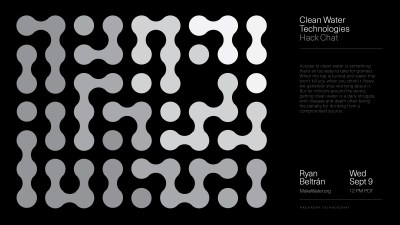 Seeing a need to think smaller, Ryan started MakeWater.org, a non-profit program that seeks to give anyone the power to make clean water through electrocoagulation, or the use of electric charge to precipitate contaminants from water. There’s more to MakeWater than electrocoagulation kits, though. By partnering with STEM students and their teachers, MakeWater seeks to crowdsource improvements to the technology, incorporating student design changes into the next version of the kit. They also hope to inspire students to develop the skills they need to tackle real-world problems and make a difference in the lives of millions.
Seeing a need to think smaller, Ryan started MakeWater.org, a non-profit program that seeks to give anyone the power to make clean water through electrocoagulation, or the use of electric charge to precipitate contaminants from water. There’s more to MakeWater than electrocoagulation kits, though. By partnering with STEM students and their teachers, MakeWater seeks to crowdsource improvements to the technology, incorporating student design changes into the next version of the kit. They also hope to inspire students to develop the skills they need to tackle real-world problems and make a difference in the lives of millions.
 Our Hack Chats are live community events in the Hackaday.io Hack Chat group messaging. This week we’ll be sitting down on Wednesday, September 4 at 12:00 PM Pacific time. If time zones have got you down, we have a handy time zone converter.
Our Hack Chats are live community events in the Hackaday.io Hack Chat group messaging. This week we’ll be sitting down on Wednesday, September 4 at 12:00 PM Pacific time. If time zones have got you down, we have a handy time zone converter.
Click that speech bubble to the right, and you’ll be taken directly to the Hack Chat group on Hackaday.io. You don’t have to wait until Wednesday; join whenever you want and you can see what the community is talking about.

